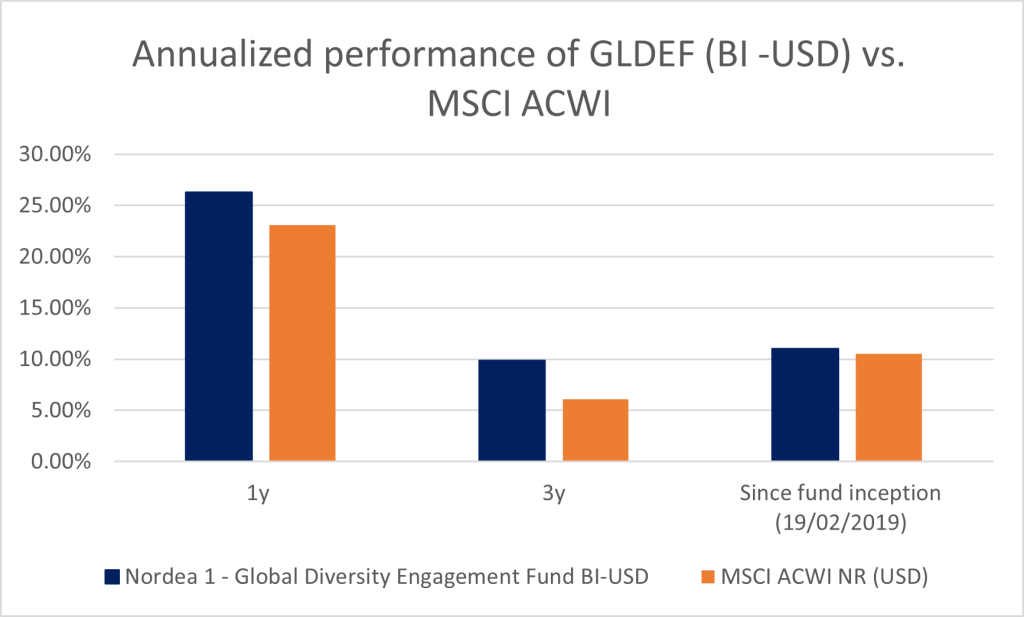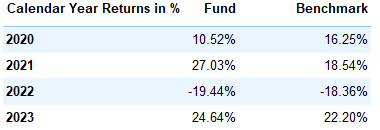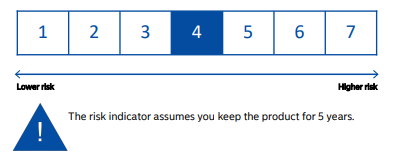Nordea Asset Management is the functional name of the asset management business conducted by the legal entities Nordea Investment Funds S.A. and Nordea Investment Management AB and their branches and subsidiaries. The funds mentioned are part of Nordea 1, SICAV, an open-ended Luxembourg-based investment company. The prospectus, the Key Information Document (KID) and the Key Investor Information Document (KIID) for UK investors, and the annual and semi-annual reports are available electronically or in hard copy in English and in the local language of the market where the mentioned SICAV is authorised for distribution, without charge upon request from the management company Nordea Investment Funds S.A., 562, rue de Neudorf, P.O. Box 782, L-2017 Luxembourg, from the local representatives or information agents, or from our distributors as well as on www.nordea.lu. This material is intended to provide the reader with information on Nordea Asset Management specific capabilities, general market activity or industry trends and is not intended to be relied upon as a forecast or research. This material, or any views or opinions expressed herein, does not amount to an investment advice nor does it constitute a recommendation to buy, sell or invest in any financial product, investment structure or instrument, to enter into or unwind any transaction or to participate in any particular trading strategy. Unless otherwise stated, all views expressed are those Nordea Asset Management. Views and opinions reflect the current economic market conditions, and are subject to change. While the information herein is considered to be correct, no representation or warranty can be given on the ultimate accuracy or completeness of such information. Prospective investors or counterparties should discuss with their professional tax, legal, accounting and other adviser(s) with regards to the potential effect of any investment that they may enter into, including the possible risks and benefits of such investment, and independently evaluate the tax implications, suitability and appropriateness of such potential investments. Please note that all funds and share classes might not be available in your country of jurisdiction. All investments involve risks; losses may be made. For details on risks associated with these funds, please refer to the prospectus and the relevant KID or KIID. The investments promoted concern the acquisition of units or shares in a fund, not in any given underlying asset such as shares of a company, as these are only the underlying assets owned by the fund. Published by Nordea Investment Funds S.A. Nordea Investment Management AB and Nordea Investment Funds S.A. are licensed and supervised by the Financial Supervisory Authority in Sweden and Luxembourg respectively. A summary of investor rights is available in English through the following link: https://www.nordea.lu/documents/summary-of-investors-rights/SOIR_eng_INT.pdf/. Nordea Investment Funds S.A. may decide to terminate the arrangements made for the marketing of its funds in any respective EU-country of distribution in accordance with Article 93a of Directive 2009/65/EC. This material may not be reproduced or circulated without prior permission. © Nordea Asset Management. The Nordea 1, SICAV is registered in Norway, Finland, Latvia, Lithuania, Estonia and the below listed countries. In Austria: The Facility Agent is Erste Bank der österreichischen Sparkassen AG, Am Belvedere 1, 1100 Vienna, Austria. In Denmark: The Representative Agent is Nordea Danmark, Filial af Nordea Bank Abp, Finland, Grønjordsvej 10, Postbox 850 0900 Copenhagen C, Denmark. In France: With the authorisation of the AMF the shares of the-funds of Nordea 1, SICAV may be distributed in France. Centralising Correspondent in France is CACEIS Bank, located at 89-91 rue Gabriel Peri, 92120 Montrouge, France. In Germany: Investments in equity and debt instruments issued by banks could bear the risk of being subject to the bail-in mechanism (meaning that equity and debt instruments could be written down in order to ensure that most unsecured creditors of an institution bear appropriate losses) as foreseen in EU Directive 2014/59/EU. In Italy: The updated list of distribution Agents in Italy, grouped by homogenous category, is available from the distributors themselves or from the Paying Agents: State Street Bank International GmbH – Succursale Italia, Allfunds Bank S.A.U –Succursale di Milano, Société Générale Securities Services S.p.A., Banca Sella Holding S.p.A, Banca Monte dei Paschi di Siena S.p.A, CACEIS Bank S.A., Italian Branch and on the website www.nordea.it. In Ireland: The Facilities Agent is Maples Fund Services (Ireland) Limited, 32 Molesworth Street, D02 Y512 Dublin 2, Ireland. In the Netherlands: The Nordea 1, SICAV is registered in the Netherlands in the register kept by the AFM, and as such is allowed to offer its shares in the Netherlands. The AFM register can be consulted via www.afm.nl/register. In Portugal: The Paying Agent in Portugal is BEST – Banco Electrónico de Serviço Total, S.A., duly incorporated under the laws of Portugal and registered with the CMVM as a financial intermediary. In Spain: The Nordea 1, SICAV is duly registered in the CNMV official registry of foreign collective investment institutions (entry no. 340) as authorised to be marketed to the public in Spain. Any investment must be made through the authorised distributors and on the basis of the information contained in the mandatory documentation that must be received from the SICAV’s authorised distributor prior to any subscription. The Representative Agent is Allfunds Bank S.A.U., C/ de los Padres Dominicos, 7, 28050, Madrid, Spain. A complete list of the authorised distributors is available in the CNMV’s webpage (www.cnmv.es). In Sweden: The Paying Agent is Nordea Bank Abp, Swedish Branch, Smålandsgatan 17, 105 71 Stockholm, Sweden. In Switzerland: For qualified investors only, as defined by Article 10 of the Federal Act on Collective Investment Schemes (CISA). The Representative and Paying Agent is BNP Paribas, Paris, Zurich branch, Selnaustrasse 16, 8002 Zurich, Switzerland. Published by Nordea Asset Management Schweiz GmbH, which is registered under the number CHE-218.498.072 and authorised in Switzerland by FINMA. In Belgium: Financial Service Agent responsibilities have been assumed by Nordea Investment Funds S.A. In the United Kingdom: The Facilities Agent is FE Fundinfo (UK) Limited 3rd Floor, Hollywood House, Church Street East, Woking GU21 6HJ, United Kingdom. Published by Nordea Asset Management UK Limited, a private limited company incorporated in England and Wales with registered number 11297178; which is authorised and regulated by the Financial Conduct Authority. Registered office at 5 Aldermanbury Square, London, United Kingdom, EC2V 7AZ.


